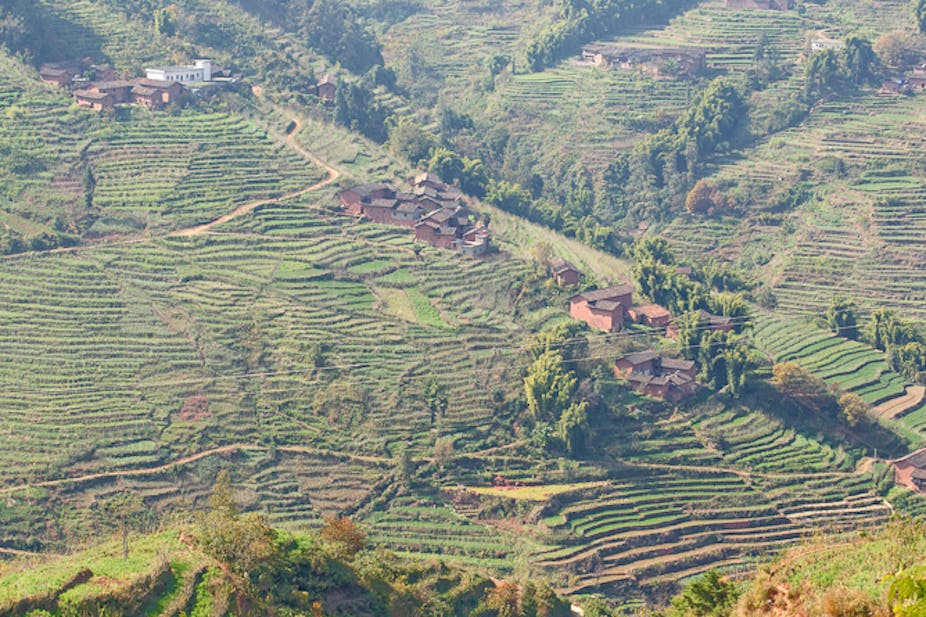The 2012 China Ecological Footprint Report has highlighted the cost to biodiversity of China’s rapid economic development.
Biodiversity in China is under pressure because of loss of habitat. In our study area on the upper Yangtze River, this is exacerbated by a series of proposed dams. Four large hydro-electricity schemes, each involving the construction of a large dam, are planned for this section of the river, known as Jinshajiang. When complete, an 800km section of the river forming the border between Sichuan and Yunnan will be affected. The total capacity of the four schemes is 42,460 MW, much greater than the capacity of the Three Gorges Dam.

Dramatic changes in the ecosystems of the area are likely to occur as a result of permanent flooding. The Baihetan hydroelectricity project is by far the largest of the four. This area has a relatively poor regional economy and most of the population has an income below national and provincial poverty lines. Agriculture is the main economic activity for the local population and substantial food and silk resources are grown in the area. Most of the people are from the Yi Minority Nationality. The Yi people typically farm the higher elevation areas, which are more marginal in productivity.
Inundating the lower areas means people will have to relocate to higher ground and more marginal farmland. The vegetation lower down will end up under water. It is possible that the construction of the dam will change the local climate of the valleys from warm and dry to cooler and wetter as they are filled with water. All of this is happening in a region which has been farmed for many thousands of years and is suffering from erosion due to deforestation.

Relatively little is known about the flora and fauna of these valleys, which are characterised by high mountains, steep slopes and narrow, deeply dissected valleys. The combined effects of a rain shadow and föhn winds cause an unusually dry climate. Most of the hill slopes are used for agricultural production but small patches of natural habitat remain, often at higher elevations and along watercourses.
We are documenting the bird fauna as indicators of wider biodiversity in this area. Birds have been called “flying data collectors” and are often used as indicators of change in ecosystems. As a group, birds are highly versatile, making a living in all kinds of habitats as herbivores, carnivores and omnivores. They respond to environmental change in measurable ways, in both space and time. Since they tend to be at or near the top of the food chain, they also respond to changes that accumulate through the chain.

The planned flooding of his area provides an opportunity to understand what happens to birds and ecosystems when significant landscape changes occur. However a major obstacle to investigating changing patterns in the distribution of bird species in China is a lack of basic data. Very few published lists of bird species known to inhabit Chinese farmland habitats are available and for our study area, there are no such lists.

Our work intends to address this gap and to provide advice to policy makers about biodiversity conservation within eroded, agricultural landscapes. Preliminary results from our bird surveys suggest that small, scattered pockets of forests remaining in the landscape are important habitat for birds. The approach taken to the protection of remnant vegetation in the Victorian State Government’s Native Vegetation Framework (“protect, enhance and restore”) is directly applicable in such areas.
As has been the experience in Australia, protection of streamside vegetation will also benefit human communities, helping to address soil erosion and water quality issues, both of which are considerable problems in the area. Key to this effort to protect and enhance biodiversity is to engage local farming communities in these efforts so that people are able to manage their landscapes in ways that allow them to continue to produce food and fibre and to contribute to the conservation of biodiversity.


